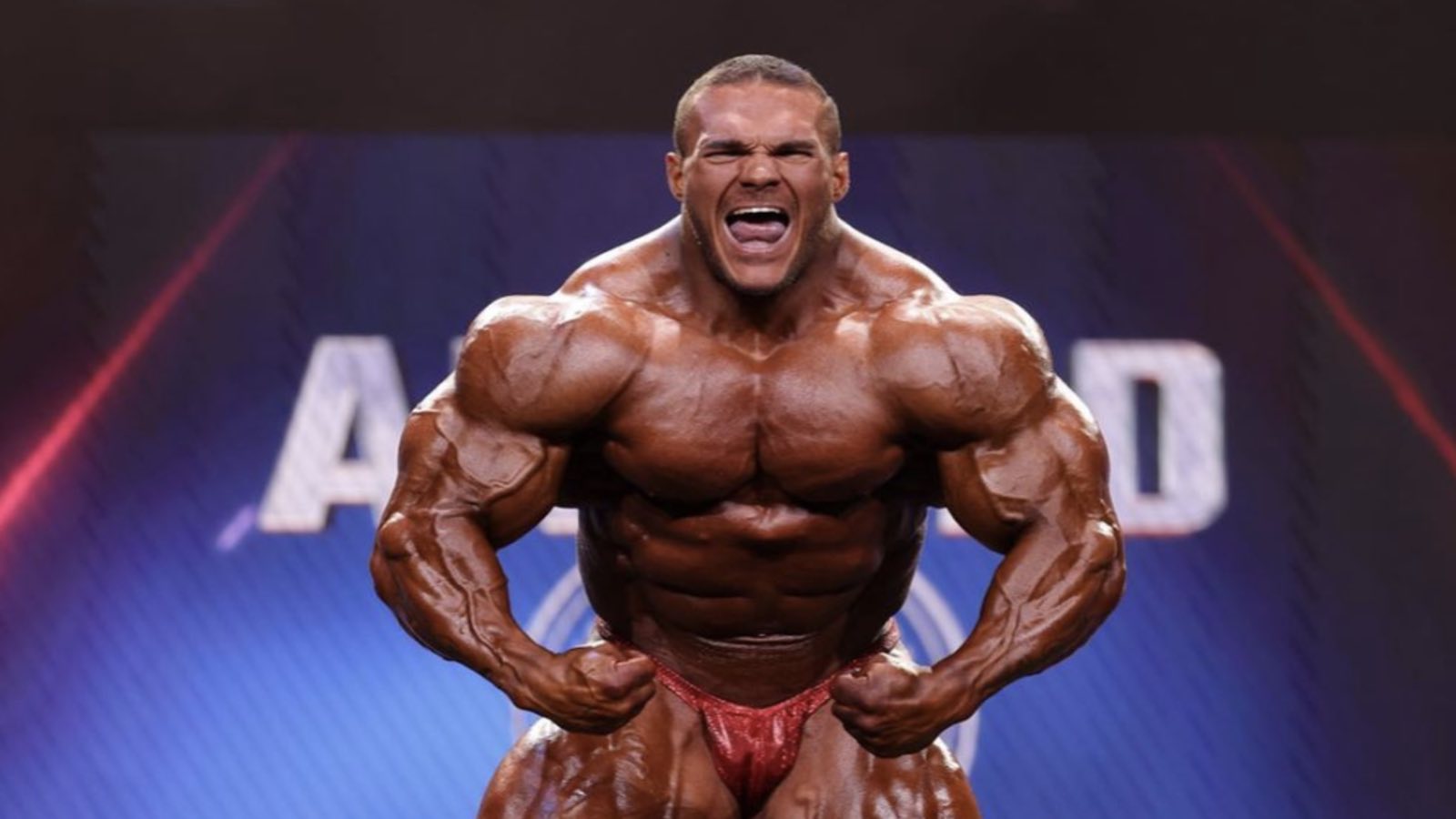Dehydroepiandrosterone (DHEA) Explained
DHEA is an androgenic hormone produced in the adrenal glands. In the body, DHEA is converted into other hormones such as testosterone, estrogen, progesterone or cortisol. Some natural products include wild yams as a source of DHEA. A metabolic precursor to DHEA, DHEA-S (dehydroepiandrosterone-3-sulfate) can be converted to DHEA and vice versa. DHEA levels are known to decrease with age – particularly after the age of 40, but perhaps as early as ages 20 – 30.
Claims:
Theory:
Because DHEA levels decline with age (up to 90% reduction) and functions as a direct precursor to testosterone and estrogen, it is often promoted as a “fountain of youth” type of supplement. The theory is that by boosting blood DHEA levels, sex hormone levels can be elevated and some of the conditions associated with aging can be alleviated. Such conditions as muscle wasting, bone loss, loss of strength and endurance and reduced sex drive may be potential targets for DHEA supplementation.
Scientific Support:
DHEA supplements, at 50 – 100 mg per day, have been shown to increase muscle mass and improve overall feelings of well-being among a group of 40-70 year old subjects who took the supplements for 6 months. Another small study (9 elderly men) showed a link between 5 months of DHEA supplementation (50mg/day) and improvements in markers of immune system function (lymphocytes, natural killer cells and immunoglobulins). Several studies have shown an increased serum testosterone levels following regular DHEA supplementation (50-100mg/day).
Safety:
The FDA banned the sale of DHEA as a therapeutic drug in 1996 until its safety and value could be reviewed. DHEA products on the market as dietary supplements are regulated under a 1994 law, the dietary supplement health and education act (DSHEA). Although it is difficult to show clear side effects from DHEA supplements, several publications have raised concerns regarding of altered hormone profiles, liver abnormalities, increased cancer risk (prostate in men and breast in women) and other steroid-like effects (increased facial hair, acne, mood swings). Since DHEA is converted into testosterone, there have been concerns that chronic use in men might worsen prostate hyperplasia or even promote prostate cancer.
Of the potential adverse effects associated with high dose DHEA supplements, virilization in women may result from increased testosterone levels, while gynecomastia may result in men from an elevation in estrogen levels. Because of these potential adverse effects, DHEA dosages should be limited to between 25 and 100 milligrams daily. If you take DHEA, you should inform your physician. It is important to note that although such concerns are certainly possible and logical, they are only suspected risks – which may not apply for all individuals who may derive benefits from DHEA supplements.
Value:
DHEA supplements tend to be relatively inexpensive and widely available from a number of manufacturers. A recent publication, however, analyzed several DHEA products on the market and found a dramatic difference between the amount of DHEA stated on the supplement label and the amount actually present in the product. The range of actual DHEA present was over 150% to zero. Only 7 of the 16 products (44%) analyzed were found to have a DHEA content within the typical pharmaceutical product specifications of 90-110% of the labeled claim. Of the remaining products, no DHEA was detected in 1 product, and trace amounts were detected in 2 other products. The latter 2 were labeled as containing naturally occurring DHEA, with no specific amount indicated on the label. This finding underscores the importance of choosing your supplements from a reputable manufacturer that you can trust to perform adequate quality control and ingredient analysis.
Dosage:
Effective doses have ranged from 50-100 mg per day, depending on the condition under investigation. Based on the current positive findings with 50-mg dosages and the adverse effects that may be associated with excessive DHEA supplementation, a daily dose of 50 mg per day seems reasonable.
NOTE: Competitive athletes should be aware of the potential for DHEA supplementation to alter the testosterone-epitestosterone ratio so it exceeds the 6:1 limit set by both the International Olympic Committee (IOC) and NCAA in their screening for testosterone doping.
References:
1. Bosy TZ, Moore KA, Poklis A. The effect of oral dehydroepiandrosterone (DHEA) on the urine testosterone/epitestosterone (T/E) ratio in human male volunteers. J Anal Toxicol. 1998 Oct;22(6):455-9.
2. Brown GA, Vukovich MD, Sharp RL, Reifenrath TA, Parsons KA, King DS. Effect of oral DHEA on serum testosterone and adaptations to resistance training in young men. J Appl Physiol. 1999 Dec;87(6):2274-83.
3. Corrigan AB. Dehydroepiandrosterone and sport. Med J Aust. 1999 Aug 16;171(4):206-8.
4. De Cree C. Androstenedione and dehydroepiandrosterone for athletes. Lancet. 1999 Aug 28;354(9180):779-80.
5. Dehennin L, Ferry M, Lafarge P, Peres G, Lafarge JP. Oral administration of dehydroepiandrosterone to healthy men: alteration of the urinary androgen profile and consequences for the detection of abuse in sport by gas chromatography-mass spectrometry. Steroids. 1998 Feb;63(2):80-7.
6. Filaire E, Duche P, Lac G. Effects of amount of training on the saliva concentrations of cortisol, dehydroepiandrosterone and on the dehydroepiandrosterone: cortisol concentration ratio in women over 16 weeks of training. Eur J Appl Physiol Occup Physiol. 1998 Oct;78(5):466-71.
7. Filaire E, Duche P, Lac G. Effects of training for two ball games on the saliva response of adrenocortical hormones to exercise in elite sportswomen. Eur J Appl Physiol Occup Physiol. 1998 Apr;77(5):452-6.
8. Filaire E, Lac G. Dehydroepiandrosterone (DHEA) rather than testosterone shows saliva androgen responses to exercise in elite female handball players. Int J Sports Med. 2000 Jan;21(1):17-20.
9. Filaire E, Le Scanff C, Duche P, Lac G. The relationship between salivary adrenocortical hormones changes and personality in elite female athletes during handball and volleyball competition. Res Q Exerc Sport. 1999 Sep;70(3):297-3-302.
10. Flynn MG, Pizza FX, Brolinson PG. Hormonal responses to excessive training: influence of cross training. Int J Sports Med. 1997 Apr;18(3):191-6.
11. Hakkinen K, Pakarinen A, Kraemer WJ, Newton RU, Alen M. Basal concentrations and acute responses of serum hormones and strength development during heavy resistance training in middle-aged and elderly men and women. J Gerontol A Biol Sci Med Sci. 2000 Feb;55(2):B95-105. 1
12. Keizer H, Janssen GM, Menheere P, Kranenburg G. Changes in basal plasma testosterone, cortisol, and dehydroepiandrosterone sulfate in previously untrained males and females preparing for a marathon. Int J Sports Med. 1989 Oct;10 Suppl 3:S139-45. 1
13. Kiraly CL. Androgenic-anabolic steroid effects on serum and skin surface lipids, on red cells, and on liver enzymes. Int J Sports Med. 1988 Aug;9(4):249-52. 1
14. Kreider RB. Dietary supplements and the promotion of muscle growth with resistance exercise. Sports Med. 1999 Feb;27(2):97-110. 1
15. Malarkey WB, Strauss RH, Leizman DJ, Liggett M, Demers LM. Endocrine effects in female weight lifters who self-administer testosterone and anabolic steroids. Am J Obstet Gynecol. 1991 Nov;165(5 Pt 1):1385-90. 1
16. Nair KS. Age-related changes in muscle. Mayo Clin Proc. 2000 Jan;75 Suppl:S14-4-8.
17. Ponjee GA, De Rooy HA, Vader HL. Androgen turnover during marathon running. Med Sci Sports Exerc. 1994 Oct;26(10):1274-7.1
18. Ronkainen HR, Pakarinen AJ, Kauppila AJ. Adrenocortical function of female endurance runners and joggers. Med Sci Sports Exerc. 1986 Aug;18(4):385-9.
19. Ruokonen A, Alen M, Bolton N, Vihko R. Response of serum testosterone and its precursor steroids, SHBG and CBG to anabolic steroid and testosterone self-administration in man. J Steroid Biochem. 1985 Jul;23(1):33-8.
20. Shackleton CH, Roitman E, Phillips A, Chang T. Androstanediol and 5-androstenediol profiling for detecting exogenously administered dihydrotestosterone, epitestosterone, and dehydroepiandrosterone: potential use in gas chromatography isotope ratio mass spectrometry. Steroids. 1997 Oct;62(10):665-73.
21. Sturmi JE, Diorio DJ. Anabolic agents. Clin Sports Med. 1998 Apr;17(2):261-82.
22. Tanaka H, Cleroux J, de Champlain J, Ducharme JR, Collu R. Persistent effects of a marathon run on the pituitary-testicular axis. J Endocrinol Invest. 1986 Apr;9(2):97-101.
23. Tegelman R, Aberg T, Pousette A, Carlstrom K. Effects of a diet regimen on pituitary and steroid hormones in male ice hockey players. Int J Sports Med. 1992 Jul;13(5):424-30.
24. Ueki M, Okano M. Analysis of exogenous dehydroepiandrosterone excretion in urine by gas chromatography/combustion/isotope ratio mass spectrometry. Rapid Commun Mass Spectrom. 1999;13(22):2237-43.



